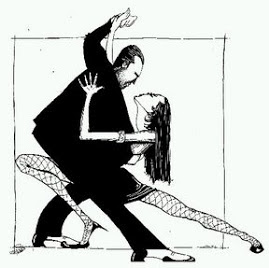Copyright Beyond Law - Regulating Creativity in the Graffiti Subculture is the title of a new IP book ready for your Christmas Stockings. The title should be interpreted as “it is what it says on the tin”.
Copyright law and the subculture of graffiti are so well interwoven in the book that you forget you are reading a book about law. I noticed this because essentially I do not to take work home and suddenly the book was in my night table and I was engaging on it as it were a novel.
I became more aware of this topic at the Society of Legal Scholars Conference (SLS) 2013 in Edinburgh where I was presenting a paper. Marta Iljadica was presenting also a paper, her topic was ‘Graffiti, copyright and culture: urban space/public domain.’ We then have the opportunity to chat and I found myself totally absorbed by the topic, or perhaps by Marta’s passion for her work. Either way, this is transferred into the book.
 |
| Selfie :) my early Christmas present. Thanks Emma at Hart Publishing |
The book not only see graffiti as a subject matter of protection under copyright but supervises the expectations that graffiti writers have in the society i.e. use of graffiti outside their cultural environment e.g. photographer, commercial exploitation (used as logo); and on the other hand, the subculture of sharing, creating, attributing, territory (claimed by a graffiti writer), to name a few. Chapters that I enjoyed the most were 7 and 8 ‘Graffiti rules – be original, don’t bite’ and ‘moral rights’. The latter I was not expecting since the book is based on UK – while common law recognises them, it does so up to a lesser extent than civil law jurisdictions.
Who should read this book?
Anyone! colleagues and even friends who are not actually linked to law.
Well done Marta!
Oops! Where can you get it?
Hard copies and e-books are available in this link. Blog readers can claim a 20% discount on the book - the discount code is CV7.












